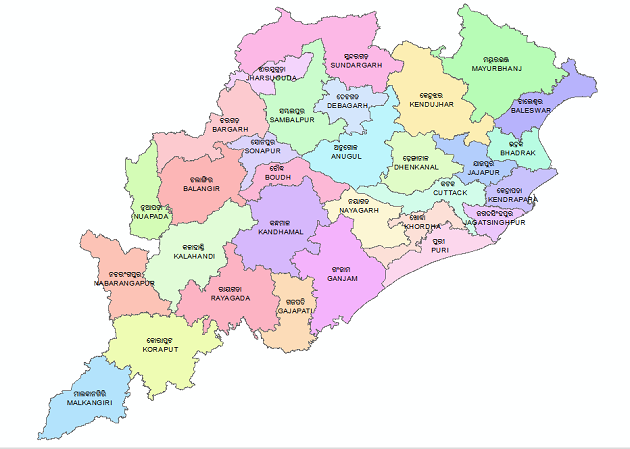Robert Clive was largely responsible for the East India Company getting control of Bengal thus leading to the conquest of the entirety of the Indian Subcontinent later on. So, it can be said that Clive laid the foundations of the British Raj in India
Who was Robert Clive?
Major-General Robert Clive (29 September 1725 – 22 November 1774), was the first British Governor of the Bengal Presidency. He began as a writer for the East India Company (EIC) who established the military and political supremacy of the EIC by securing a decisive victory at the Battle of Plassey in Bengal.
- He was born in 1725 in England.
- He Arrived in Fort St. George (Madras) in 1744 to work for the East India Company as a ‘factor’ or company agent.
- He enlisted in the company army where he was able to prove his ability.
- He earned great fame and praise for his role in the Siege of Arcot which saw a British victory against the larger forces of Chanda Sahib, the Nawab of the Carnatic and French East India Company’s forces.
- He is also known as “Clive of India”.
Robert Clive’s Activities in India
- Clive’s initial stay in India lasted from 1744 to 1753.
- He was called back to India in 1755 to ensure British supremacy in the subcontinent against the French.
- He became the deputy governor of Fort St. David at Cuddalore.
- In 1757, Clive along with Admiral Watson was able to recapture Calcutta from the Nawab of Bengal Siraj Ud Daulah.
- In the Battle of Plassey, the Nawab was defeated by the British despite having a larger force.
- Clive delivered a decisive English victory by inducing the Nawab’s army Commander Mir Jaffar, who was installed as Bengal’s Nawab after the battle.
- Clive was also able to capture some French forts in Bengal.
- For these exploits, Robert Clive was made Lord Clive, Baron of Plassey.
- As a result of this battle, the British became the paramount power in the Indian subcontinent.
- Bengal became theirs and this greatly increased the company’s fortunes. (Bengal was richer than Britain at that time).
- This also opened up other parts of India to the British and finally led to the rise of the British Raj in India. For this reason, Robert Clive is also known as “Conqueror of India”.
Robert Clive’s Rule of Bengal
- Robert Clive was the Governor of Bengal from 1757-60 and from 1765-67.
- During his first tenure as Bengal’s governor, under the Nawab Mir Jaffar, corruption was rampant.
- The company’s sole aim was maximising revenue at the expense of the peasants.
- He amassed a great personal fortune in India and returned to Britain in 1760.
- He returned to India in 1765 as Governor and Commander-in-Chief of Bengal.
- At this time, there was widespread corruption in the company.
- So Clive forbade the company’s employees from engaging in private trade. He also barred them from accepting gifts.
- He started a ‘Society of Trade’ in 1765 but it was later abolished.
- Mir Jaffar’s son-in-law Mir Qasim had ascended the throne of Bengal.
- He wanted to wrest himself from English influence.
- The Battle of Buxar was fought between the British and the combined forces of Mir Qasim, Shuja Ud Daulah (the Nawab of Awadh) and the Mughal Emperor Shah Alam II. The British won this battle.
- As a result of this battle, the Diwani (right to collect revenue) of Bengal, Bihar and Odisha was granted to the British by the Mughal Emperor in return for an annual sum of money and Allahabad and Kora districts.
- Robert Clive, who could have had Awadh as well, refrained from annexing it. He intended to use it as a ‘buffer’ state between the British and the Marathas.
- The Nizamat (territorial jurisdiction) of Bengal remained with the Nawab. In reality, the English held this power.
- This was Clive’s Dual System where the company was the Diwan and the Nawab held the Nizamat.
Legacy of Robert Clive
- He has been denounced by many in India for the atrocities he heaped upon its peasantry by imposing high taxes and forcing them to cultivate only cash-crops, leading to famines.
- Robert Clive faced censure in England upon his return due to the mass amount of personal fortune he accumulated during his stay in India.



























